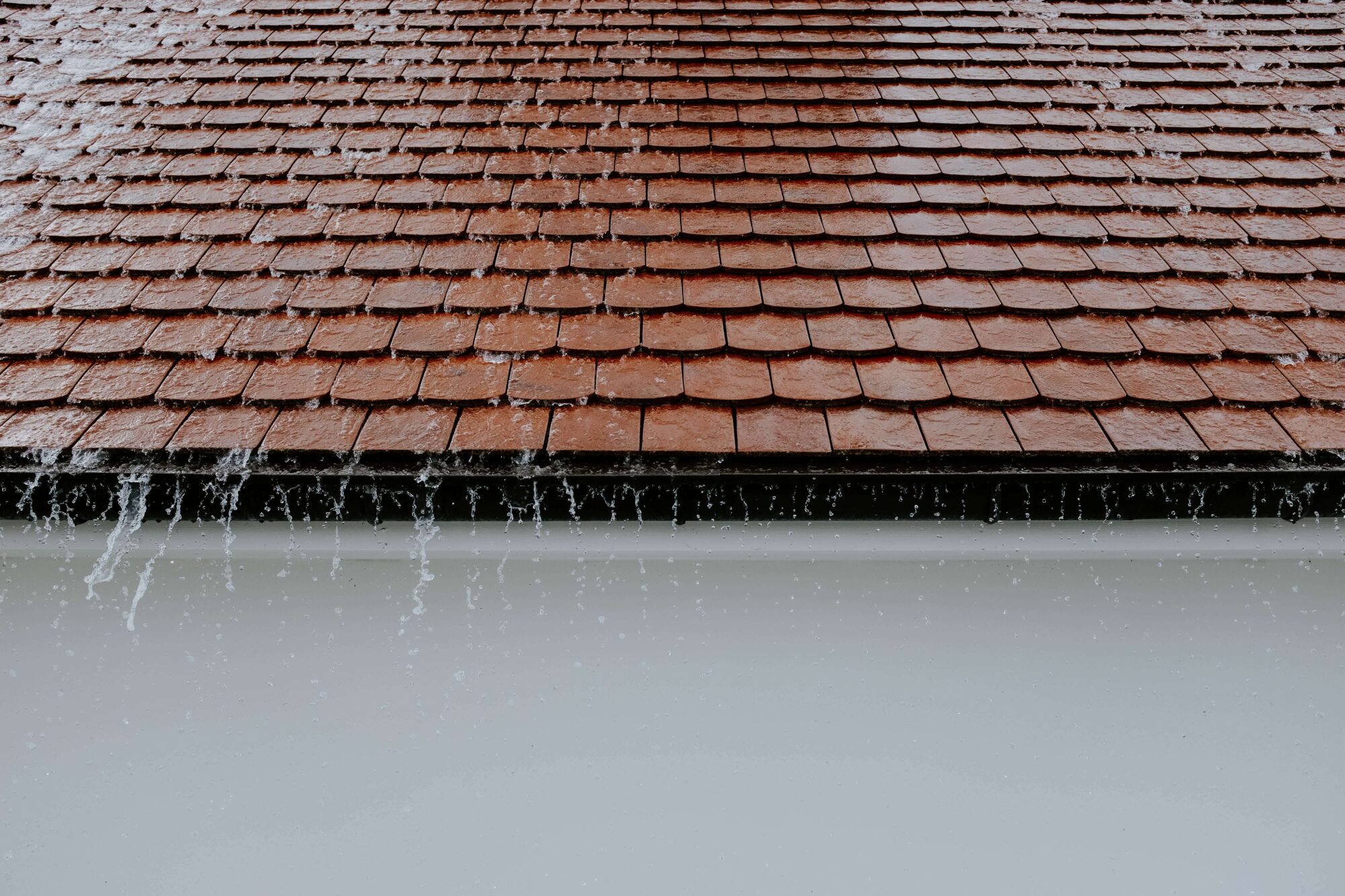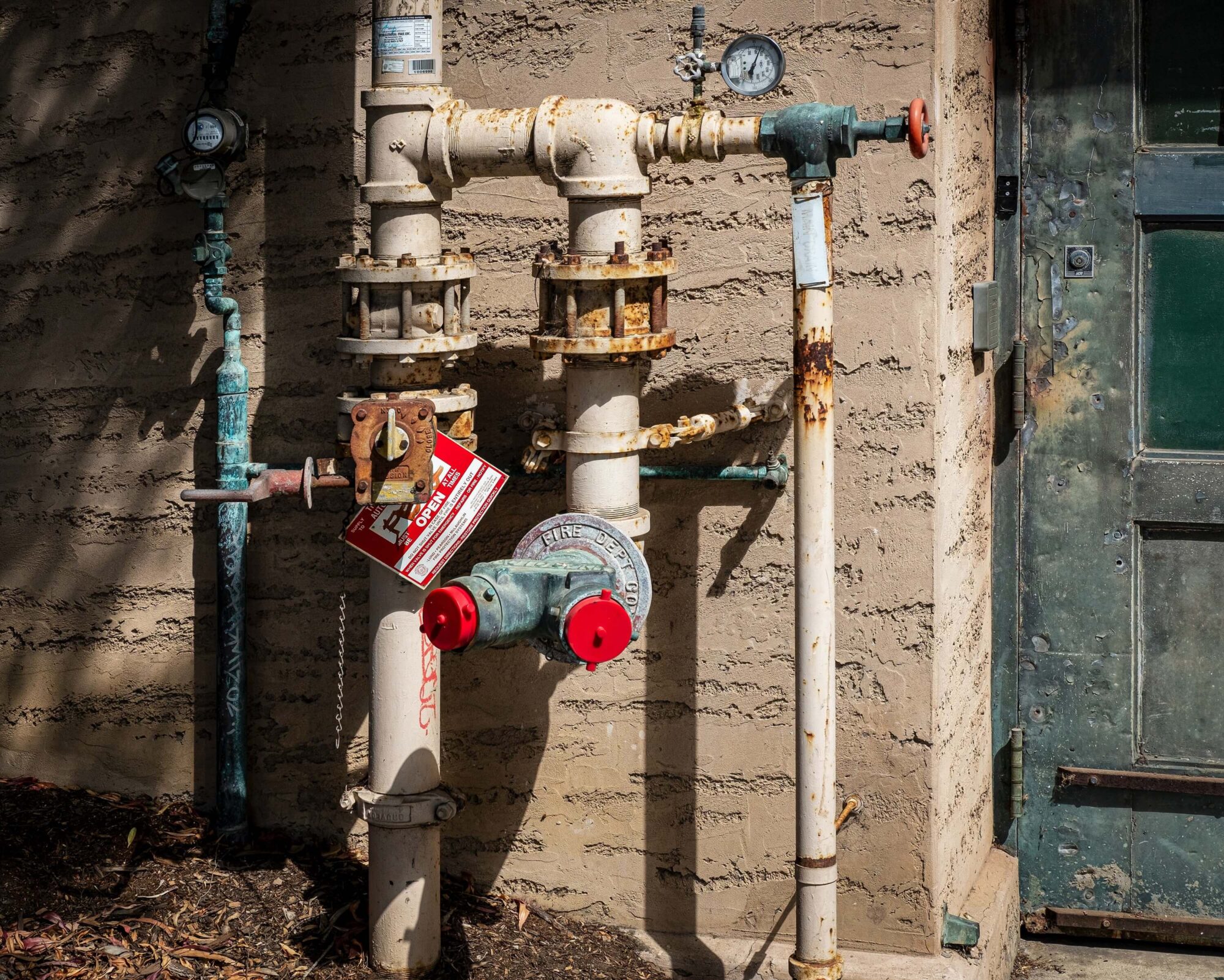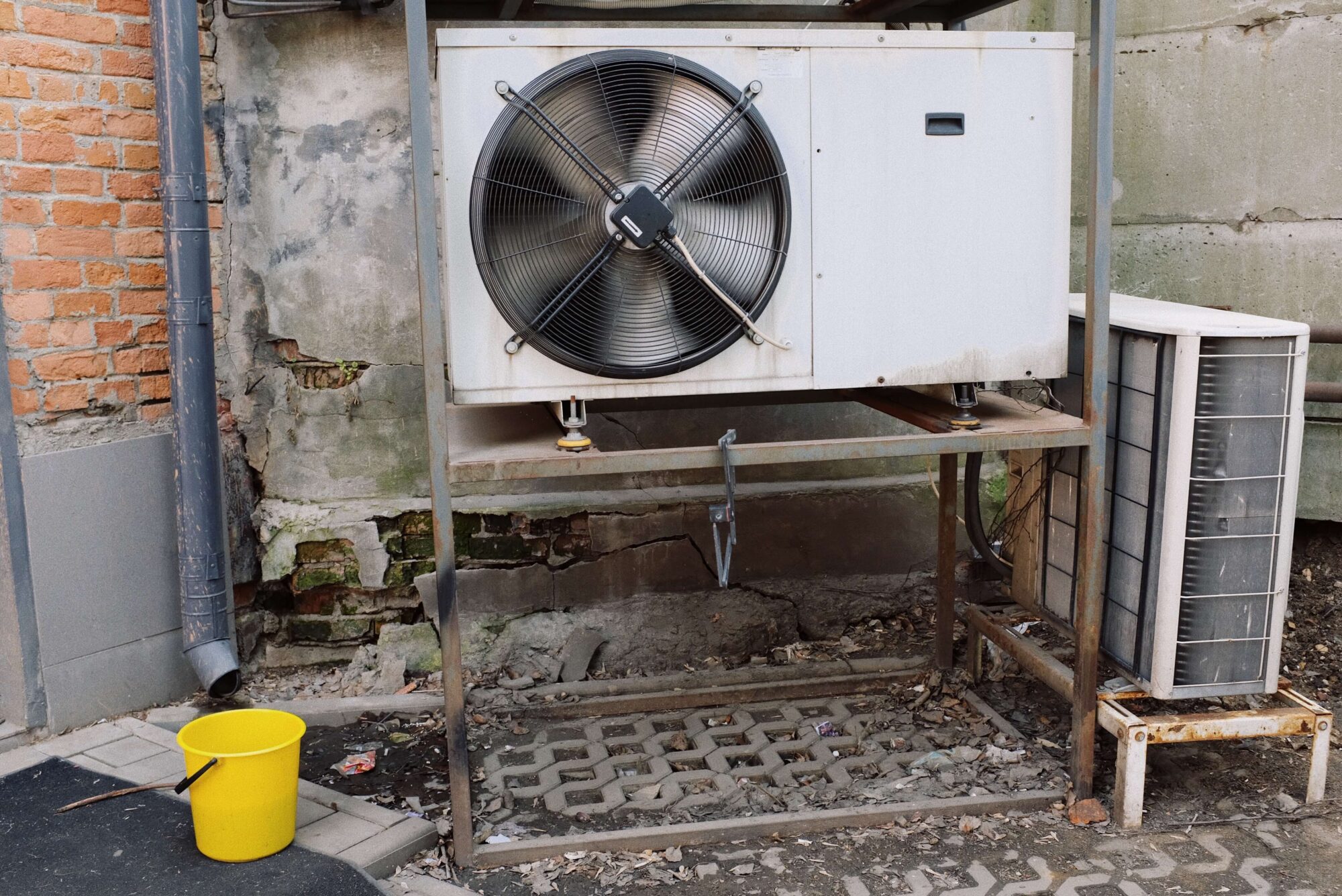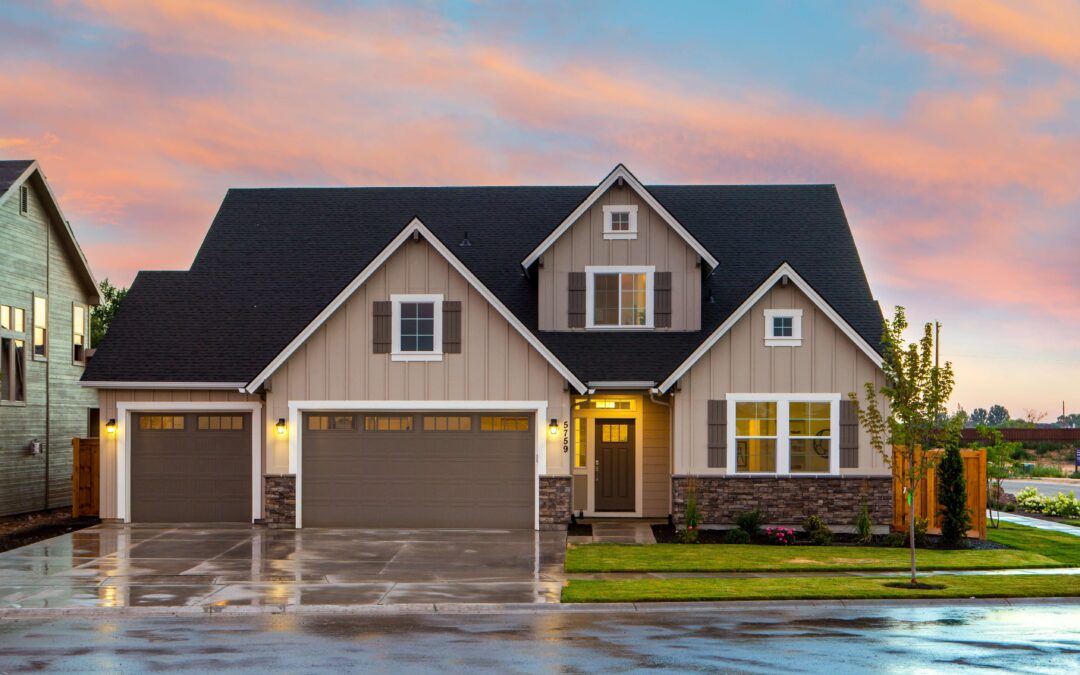Don’t let the rain in summer, leaky roofs, and burst pipes in winter wreak havoc on your home or business. Water damage can devastate property, leading to mold growth and flooding – two real dangers that must be avoided at all costs! Act now with preventative measures so you can protect yourself and your belongings.
This article will discuss seven areas to check in your home or business to help prevent water damage.
Gutters and Downspouts
As a homeowner or business owner, one of your top priorities should be safeguarding against water damage. Unfortunately, it can be an expensive and tedious issue to face; however, there are steps you can take that will help guard against it. Emphasizing proper gutter and downspout maintenance is the key factor here!
Importance of Clean Gutters and Downspouts
Gutters and downspouts are a key part of any home or business’s roofing system; their job is to divert rainwater away from the building’s foundation, thus defending it from water-induced destruction. Unfortunately, if gutters become blocked with leaves, twigs, and other grime, water can overflow and collect around the base – ultimately leading to costly repairs due to foundational damage over time.
How to Clean and Maintain Them
Cleaning your gutters and downspouts is a vital maintenance task that should be done at least twice a year, in the fall and spring. Here are the steps you should follow:
- Gather the necessary equipment: To complete the task, you will require a ladder, protective gloves, a bucket, and a garden hose.
- Establish a safe ladder setup: Verify that the ladder is on an even surface, and always ask someone to support it while you ascend or descend.
- Clear out any mess: Put on your gloves and effortlessly scoop away all the debris from the gutter, depositing it in a nearby bucket.
- Ensure smooth flow by clearing the gutters and downspouts: Use a garden hose to banish any debris lingering in your gutters and downspouts for optimal drainage.
- Examine gutters and downspouts: Make sure to examine your gutters and downspouts for any damage or leaks while cleaning them out – if you find any, be sure to fix them immediately.
Tips for Preventing Clogs and Backups
To protect your home from water-related damage, ensuring that your gutters and downspouts are clog-free is critical. Here are some pointers for keeping them debris-free:
- Take action for your gutters’ health – prune the trees nearby. Overhanging branches can shed debris into your rain drainage system, blocking it and leading to clogs. Shield yourself from this by trimming any tree limbs that hang over your roof. Taking a few moments now will save you plenty of trouble in the future.
- Keep your gutters free of debris and maximize their efficiency with gutter guards. These helpful screens or covers fit snugly over the existing gutters, blocking out leaves, dirt, twigs, and other materials while allowing water to flow freely.
- Maintaining your roof’s cleanliness is key – regularly clearing away debris will help ensure that nothing obstructs the gutters.
- Carefully inspect your gutters and downspouts for any visible signs of damage or deterioration. If needed, take action immediately to fix the issue or replace them altogether.
Roof

Signs of Damage or Wear
The first step in preventing water damage to your roof is to look for signs of damage or wear. Some common signs to watch for include the following:
- Missing, cracked, or curled shingles
- Rusty or corroded metal flashing around chimneys and vent pipes
- Cracks or gaps in flat roofing materials
- Damaged or clogged gutters
If you notice any of these issues, addressing them promptly is essential to prevent water from seeping into your home or business.
How to Inspect Your Roof
You don’t need to be a professional to inspect your roof for damage. Here are some simple steps to follow:
- Check from the ground: Step away from your home or business and inspect the roof. Are there any missing shingles? Does it appear to be sagging in some areas? If so, these could be signs of severe damage immediately requiring attention.
- Climb onto the roof: Examine your roof more thoroughly to see if it is safe. Be sure to observe any evidence of damage or deterioration, particularly close to chimneys, skylights, and ventilation pipes.
- Inspect the attic: To determine any existing water damage or leaks, inspect the underside of your roof from within the attic.
Common Causes of Roof Leaks
Understanding the common causes of roof leaks can help you prevent them. Here are some issues to watch for:
- Missing or damaged shingles: Over time, shingles may succumb to the elements and deteriorate from wear and tear, allowing water to infiltrate your home or business.
- Clogged gutters: When gutters are filled with leaves, dirt, and other matter, water is prevented from draining properly. This can cause an overflow of water onto the roof which has the potential to create damage and leaks.
- Poor installation: If your roof was installed improperly, it is more likely to develop leaks and other issues.
- Flashing problems: Over time, flashing around chimneys, skylights, and vent pipes can experience wear and tear, resulting in pesky leaks. Taking preventative measures to ensure your roof is properly sealed with quality materials will help you avoid costly repairs down the line.
Plumbing

Signs of Leaks and Other Issues
As a first line of defense against water damage caused by plumbing, it’s important to remain vigilant for the signs of potential issues. Low water pressure, slow drains, and strange smells are common indicators that something is amiss; if you hear running water when no fixtures are in use or notice wet spots on walls/floors with accompanying stains or warped baseboards – these can be tell-tale signs that there is a leak present.
How to Check for Leaks and Identify Problem Areas
Conducting a plumbing system inspection is essential for protecting your home from water damage. Examine all pipes, faucets, and fixtures to detect signs of corrosion or deterioration, such as rust, discoloration, or visible wear. Also, check their connections for any moisture traces or water stains. In addition to this visual examination, turn off all devices that use running water and observe if there are sudden changes in your meter – which could signify an unseen leak.
Tips for Maintaining Plumbing
Taking care of your plumbing system is essential to preventing costly water damage. To protect your pipes, avoid pouring fat and oil down the drain; also, fit a filter to catch hair and other debris before it enters the drainage system. Additionally, flush hot water regularly through all your drains to keep them clear from buildup. Furthermore, you should have an expert examine and maintain your plumbing network regularly for optimal performance.
Appliances
Appliances are a common source of water damage in homes and businesses. The following are some of the appliances that can cause water damage and how to prevent it:
- Washing Machine – To protect your home from water damage, consider replacing the hoses of your washing machine every five years and inspecting it for leaks often. Furthermore, do not overburden the appliance, as that can lead to unbalancing and potential leakage issues.
- Dishwasher – Keeping your dishwasher clean and free of clogs can help avert costly water damage to your home. Regularly check the drain hose for debris, as it is a common blockage culprit in dishwashers. These preventative measures will protect you and your property from unnecessary harm.
- Refrigerator – To protect your home from water damage, regularly inspect the hose and connections on a refrigerator with an in-built water dispenser or ice maker to ensure they are all securely connected. Keep checking for leaks, malfunctions, or damages – this will prevent it from becoming costly.
- Water Heater – To avoid extensive water damage, replace your water heater every 10-15 years and examine it frequently for leaks. Taking these preventative measures can save you from bearing the cost of a costly repair bill.
Foundation and Basement
The foundation and basement are important areas to check for water damage. Here are some tips for checking and maintaining these areas:
- Signs of Water Damage – Look for signs of water damage – think mold, dampness, and water stains. Noticing any of these is a sign that you must act promptly to resolve the problem.
- Check for Cracks – Look for any breaks in the basement walls or foundation. If discovered, immediately fill them with epoxy or hydraulic cement to avoid water seepage into your home.
- Install a Sump Pump – Protect your home from water damage by investing in a sump pump! It can draw away excess moisture before it can cause any harm. Make sure that yours is in pristine condition, and run tests regularly for optimal performance.
Windows and Doors
Regrettably, if windows and doors are not appropriately secured, they can be major causes of water damage. Here are some tips for checking and maintaining these areas:
- Check for Leaks – Thoroughly investigate windows and doors for leakage by searching for water discoloration or wetness. Utilize a flashlight to scour the perimeter of door frames and window sills to spot any crevices or gaps indicating airflow.
- Seal Leaks – Installing caulk and weatherstripping around windows and doors is a surefire way to keep out unwelcome water. This will ensure your home remains dry, comfortable, and protected from the elements.
- Insulate Properly – The installation of quality insulation ensures that your home or workplace remains warm and dry, thus preventing water-related damage.
HVAC System

HVAC systems can cause water damage if they are not maintained properly. Here are some tips for checking and maintaining your HVAC system:
- Change Air Filters – Maintain your HVAC system optimally by consistently replacing the air filters to avoid buildup and blockages.
- Check Drain Lines – Take the time to inspect your HVAC system’s drain lines for any blockages or obstructions and ensure they are functioning optimally.
- Schedule Regular Maintenance – To ensure your HVAC system’s functioning and avoid water damage, ensure you keep up with regular maintenance.
Conclusion
Prevention is much more effective than reaction when it comes to water damage. Inspecting the seven areas outlined in this article can help save you from potentially costly repairs and disruption to your home or business down the line. Taking proactive preventive measures now could spare you money and time, and anxiety in the future.
Time is of the essence when it comes to water damage, so don’t waver; enlist professional help from Major Restorations and their extensive resources. With them, you can rest assured that your property will be restored quickly and effectively. Don’t forget to prioritize prevention and maintenance for optimal results.


